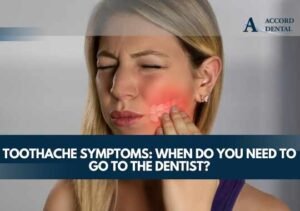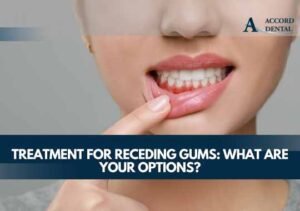Tooth resorption is a dental condition that often goes unnoticed until it causes significant damage to the tooth structure. It occurs when the body’s own cells start breaking down the tooth, leading to the loss of dental tissue. This condition can happen either externally or internally, depending on the type of resorption. Whether you’re dealing with mild or severe tooth resorption, it’s essential to understand the available treatments and how they can help preserve your dental health.
In this article, we will explore the common treatments for tooth resorption, their effectiveness, and the best course of action based on the severity of the condition.
What is Tooth Resorption?
Tooth resorption occurs when the body’s cells begin to destroy the hard or soft tissues of a tooth. The two main types are external resorption and internal resorption.
- External Resorption affects the outer layers of the tooth, typically starting around the root. It can be caused by factors like trauma, infection, or orthodontic treatment.
- Internal Resorption, on the other hand, occurs inside the tooth and typically affects the pulp (nerve tissue). This type can cause the tooth to become hollow, weak, and more prone to fractures.
Both types of tooth resorption can result in tooth loss if left untreated, so early intervention is critical.
Treatment for Tooth Resorption: How is it Treated?
The treatment for tooth resorption depends largely on the type of resorption, the severity, and the location of the resorption within the tooth. Below, we’ll explore the most common approaches to managing this condition.
1. Root Canal Treatment (RCT)
One of the most common treatments for tooth resorption is a root canal treatment. This procedure is particularly effective for internal resorption, which affects the pulp of the tooth.
During a root canal, the dentist removes the damaged tissue from inside the tooth and fills it with a biocompatible material. This not only prevents further resorption but also strengthens the tooth, reducing the risk of it breaking down entirely.
A root canal can often save the tooth if resorption is identified early enough. If resorption has already caused significant damage, the tooth might need to be reinforced with a crown or other dental restoration after the procedure.
2. Surgical Intervention
In cases of external resorption, a more invasive treatment might be necessary. Surgical intervention may involve the removal of resorptive tissue around the root of the affected tooth. This is typically done when resorption is localized and hasn’t yet spread to surrounding structures.
Surgery can sometimes involve the repair of the damaged tooth structure with fillings or grafts. The goal is to stop the resorption process and restore the tooth’s function.
3. Tooth Extraction
If the resorption has caused irreparable damage to the tooth, extraction may be the only viable option. This is especially common in severe cases of external resorption, where the tooth is no longer functional. Once the tooth is extracted, your dentist may recommend a replacement option such as a dental implant, bridge, or partial denture to restore the appearance and function of your smile.
4. Monitoring and Preventive Care
In some cases, tooth resorption may not require immediate treatment, particularly if it is detected at an early stage. For small areas of resorption, your dentist may recommend simply monitoring the tooth over time. Regular X-rays and dental checkups can help ensure the condition doesn’t progress and cause further damage.
Additionally, preventive care is crucial. Maintaining good oral hygiene, avoiding trauma to your teeth, and addressing any underlying dental issues like infection can help prevent tooth resorption from occurring or worsening.
How Can You Prevent Tooth Resorption?
While it’s not always possible to prevent tooth resorption, there are steps you can take to reduce the risk:
- Good Oral Hygiene: Brush and floss your teeth daily to prevent decay and infection that can lead to resorption.
- Wear a Mouthguard: If you participate in contact sports or grind your teeth, consider wearing a mouthguard to protect your teeth from trauma.
- Avoid Trauma: If you experience an injury to your mouth, seek dental care immediately to prevent complications like external resorption.
- Regular Check-ups: Visit your dentist regularly for checkups and cleanings to detect and address any potential dental issues before they become serious.
Conclusion: Seeking Professional Help for Treatment
If you suspect you may have tooth resorption or are experiencing symptoms such as tooth sensitivity, pain, or swelling, it’s crucial to consult a dentist promptly. Early intervention can significantly improve the outcome and may help you save your tooth.
For residents in North Grafton, MA, if you’re dealing with tooth resorption. With the right care, most cases of tooth resorption can be managed effectively, ensuring the long-term health of your teeth and gums.





